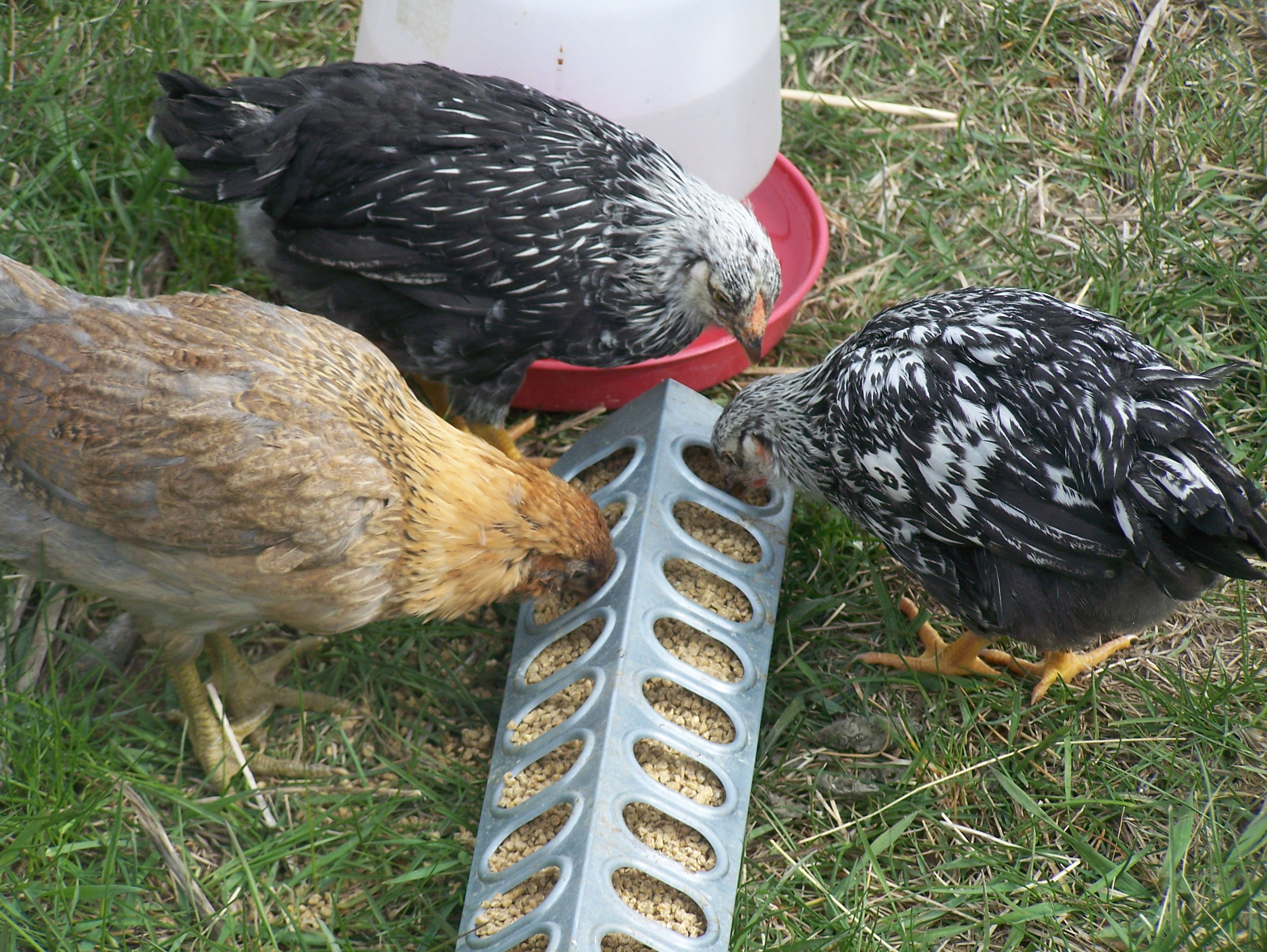How To Switch Feeds

Well, you and the girls made it through another molt. The pinfeathers have emerged, and your hens are no longer walking around like they are embarrassed to be seen (and you’re no longer embarrassed when the neighbors do catch a glimpse). What now? If you have been feeding Nutrena Feather Fixer feed, you have the choice to continue to feed it year round for maximum feather quality. You should certainly continue feeding this product at least until all new feathers are fully grown in. At this point if you decide to go back to a layer feed there are a few things you should keep in mind as you make the change.
Form is important. Chickens eat more by sight than by smell or taste. That is why it can be difficult to switch your birds from pellets to crumbles and vice versa – they aren’t familiar with the shape and/or size of the feed.
Take your time. With any feed switch, you should do it gradually over time. A week to 10 days is recommended for a seamless transition.
How to make the switch:
1. Start with your current feed as the main part of the diet. As you start the transition, begin with 80% current ration and 20% new ration.
2. Gradually increase the amount of new ration vs. the old each day until your old feed is totally replaced.
3. If you notice the birds going off feed at any point in the process, take an extra day or two and slow the transition down.
4. You should always limit how much scratch and treats you feed. This is especially important during a feed transition. If your birds are filling up on goodies, they won’t feel the need to learn to eat a new feed. Keep scratch and treats at no more than 10 – 15% of the total diet.
5. Keep in mind that you still want to provide grit and oyster shell free choice while you are switching your ration.
6. Plenty of fresh, clean water is necessary all the time; during a feed transition keeping your birds well hydrated will make the process easier by helping to stimulate appetite and aid in reducing stress.
